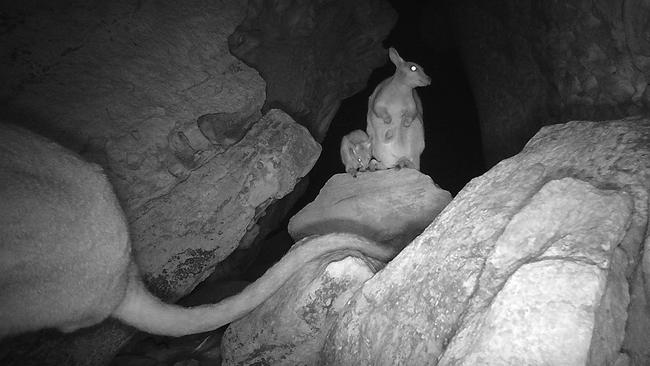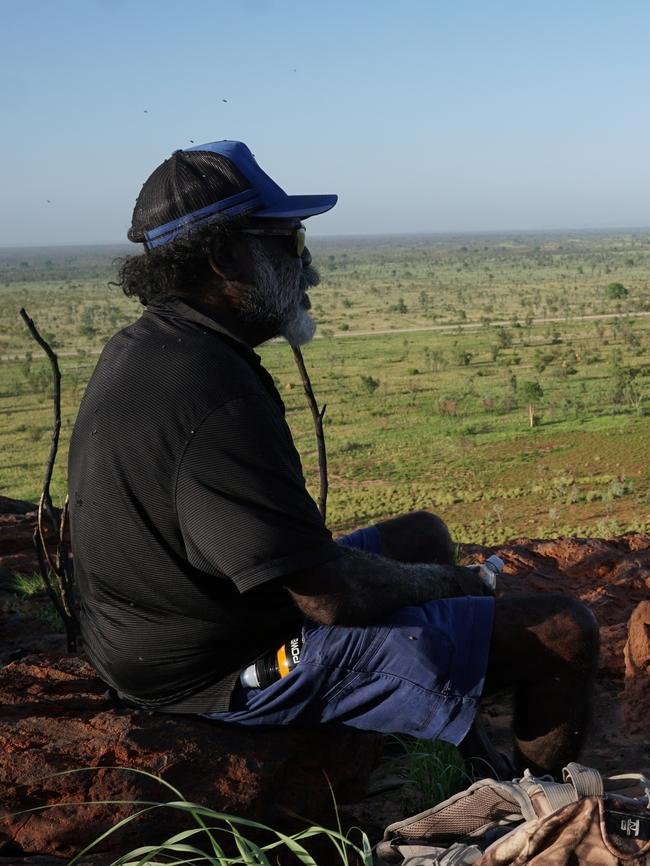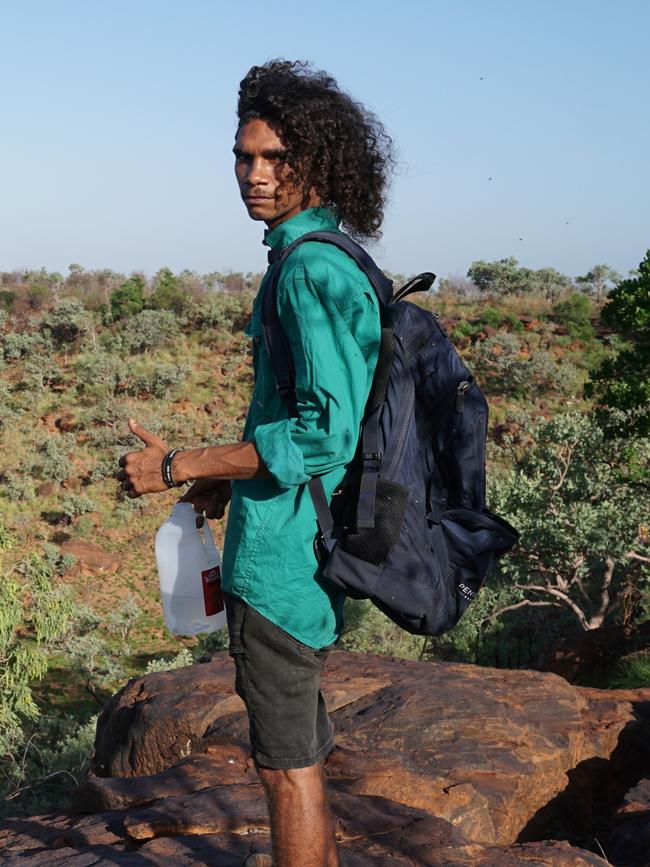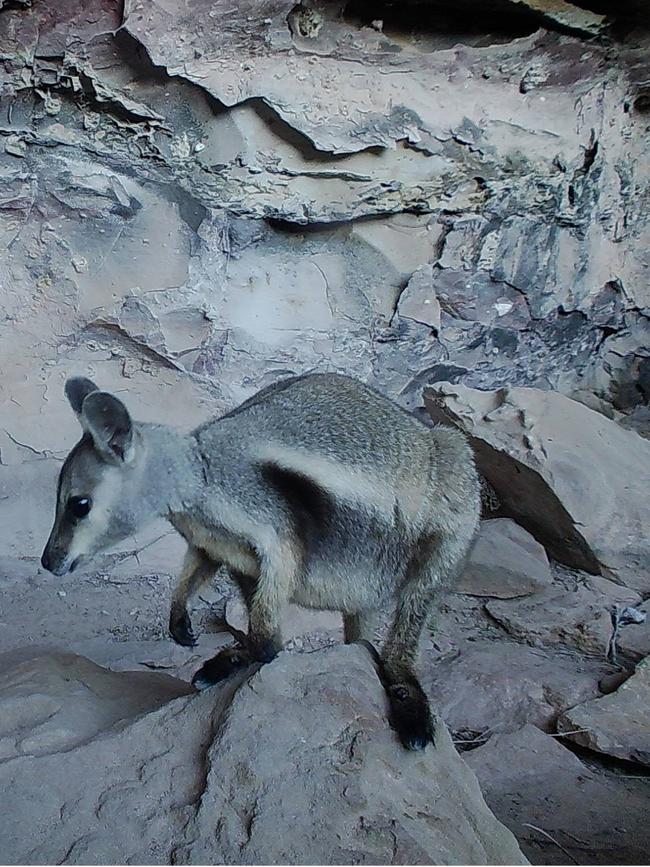Last of the wiliji: The struggle to save endangered wallabies
Facing the threat of extinction because of fire and foxes, WA’s population of wiliji wallabies look to Indigenous rangers for salvation.

Wiliji, an endangered breed of wallaby native to Western Australia, saw its population ravaged by 2023 wildfires, but thanks to the persistence and knowledge of a collective of Indigenous Kimberley rangers, its numbers are expected to rebound.
The marsupials are a subspecies of the black-footed rock-wallaby, and are found only in three habitats through the Kimberley: the Erskine Range, Edgar Range and Grant Range.
November 2023 rocked hopes for the preservation of the species, when a wildfire tore through the region and wiped out 75 per cent of the Erskine Range habitat, where the majority of wiliji live.
Surveying indicates their numbers dropped from an estimated 160 in 2021 to 108 in 2023.
“The wiliji are suffering hard times after the big fire,” ranger William Watson said.
“The wiliji means a lot to the ranger group because it’s a very important species here, (it) belongs to the Kimberley, so we’ve got a job to look after it properly.”


Mr Watson is a member of the Erskine Rangers, a troop within the Walalakoo Aboriginal Corporation who took it upon themselves to feed the remaining wiliji population.
From February to July, they replenished six feeders through the Erskine Range with kangaroo pellets to keep the wallabies from travelling outside their habitat where they would face predators.
“(The rangers) have seen these wildfires occur before. Unfortunately, they are something that happens in that landscape under the current conditions, and so they’ve been trying to work out ways to best respond,” World Wildlife Foundation Kimberley program co-ordinator Nick Weigner said.
“When large wildfires go over the rocks and burn out their food the wiliji are forced to forage out in the lowlands where there are more predators. By supplying supplementary food we hope the wiliji don’t have to leave the safety of their rocky homes.
“It’s a highly threatened species, but really importantly it’s quite culturally important to the Nyikina people. So it’s not just a threatened species, it’s a threatened species that has significant weight to the local community.”


In 2024, cameras were installed through the three habitats, with surveying data now under analysis.
“Hopefully, next year we’ll be able to work with the rangers to undertake the survey back on the Erskine Range and see if we’ve got a population bounce,” Mr Weigner said.
Concerns for the wiliji are ever present, with the threat of pests, predators and inattentive drivers leaving the Nyikina Mangala Rangers worrying about the species’ future. “Just be cautious because you see a lot of wiliji out on the side of the road,” ranger Lane Broome said.
Using the same cameras that survey the wallaby population, rangers found feral cats hunting across the habitats, and red foxes in the Grant Range. The presence of foxes was particularly alarming given the Kimberley is at the extremity of Australia’s fox habitat. “(We are) right on that edge, and we seem to have influxes during the cool, dry part of the year,” Mr Weigner said. “They presumably are moving up from further south. So we are definitely concerned on the fox front.”
The efforts of the Nyikina Mangala Rangers were funded by the World Wide Fund for Nature, the Foundation for Australia’s Most Endangered Species and Lotterywest.


